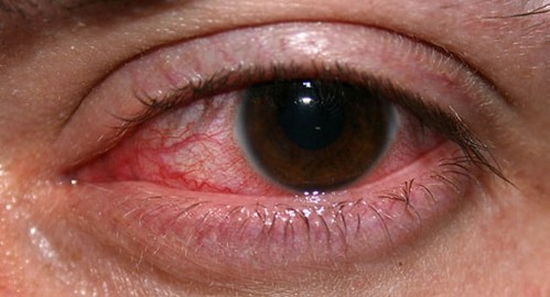Deep learning based classification of fungal and Acanthamoeba keratitis using confocal microscopy

Fungal and Acanthamoeba keratitis carry the worst prognoses among microbial keratitis (IK), owing to challenges in diagnosis and treatment. This study assesses the feasibility of deep learning (DL) to classify types of IK-fungal keratitis (FK), Acanthamoeba keratitis (AK), and nonspecific keratitis (NSK) (any other corneal inflammation)-and subtyping of FK using in vivo confocal microscopy.
In this study, we employed transfer learning with a ResNet50 architecture to classify culture-confirmed keratitis types in a dataset of 1975 images (1137 FK, 457 AK, and 381 NSK) obtained from the Heidelberg Retinal Tomograph 3 (HRT 3). The dataset was split into training and testing sets. Data augmentation (e.g., rotation, zooming) was applied to the training subset to address class imbalance, and class weighting was used (5x for AK, 30x for NSK). Both models were trained for 150 epochs using the Adam optimizer with 5-fold cross-validation. Model 1 performed multi-class classification (FK, AK, NSK). Model 2 classified FK cases as either filamentous or non-filamentous.
Model 1 achieved a macro average accuracy of 87 % and a weighted average accuracy of 89 %. Precision and recall were high for AK (93 %, 96 %) and FK (90 %, 92 %), while NSK showed lower performance (78 %, 71 %). Model 2 demonstrated an accuracy of 85 % in subtyping FK, with an F1-score of 0.81 for filamentous and 0.85 for non-filamentous, an ROC AUC of 0.94, and a PR AUC of 0.95.


_1_crop.png)

Leave a comment